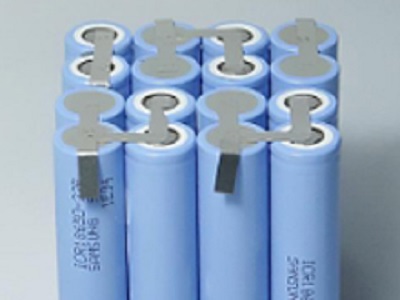Keyword: Power Battery New Energy Vehicle Lithium Battery
At present, the thermal management of the vehicle power lithium battery pack system can be divided into four categories: natural cooling, air cooling, liquid cooling, and direct cooling.
Among them, natural cooling is a passive heat management method, while air cooling, liquid cooling, and direct current are active. The important difference between the three is the difference in the heat exchange medium.

Cooling method of vehicle power lithium battery pack
Natural cooling
Natural cooling has no additional devices for heat exchange. For example, BYD adopts natural cooling in Qin, Tang, Song, E6, Tenshi and other models that use LFP batteries. It is understood that the follow-up BYD will switch to liquid cooling in models that use ternary batteries.
Air-cooled
Air cooling uses air as the heat exchange medium. There are two common ones. The first one is called passive air cooling, which directly uses external air to exchange heat. The second type is active air cooling, which can heat or cool the outside air before entering the battery system. Many early Japanese and Korean electric vehicles used air-cooling methods
Liquid cooling
Liquid cooling uses antifreeze (such as glycol) as the heat exchange medium. Generally, there are multiple different heat exchange circuits in the method. For example, the VOLT has a radiator circuit, an air conditioning circuit, and a PTC circuit. The battery management system performs response adjustment and switching according to the thermal management strategy.
Direct cooling
Direct cooling uses refrigerant as the heat exchange medium. The refrigerant can absorb a large amount of heat during the gas-liquid transformation process. Compared with the refrigerant, the heat exchange efficiency can be increased by more than three times, and the heat inside the battery system can be reduced more quickly.
The direct cooling system has the advantages of compact system, light weight and good performance. But this system is a dual evaporator system, the system has no battery heating, no condensation protection, the refrigerant temperature is not easy to control, and the refrigerant system has a poor life.
Why a cooling system ?
Why do car power lithium battery packs need a cooling system?
The function of the cooling system used in the vehicle power lithium battery pack is to maintain a better working temperature of the power battery by cooling or heating the power battery, so as to improve its operating efficiency and extend the life of the power battery.
Analysis from the basic principles of battery charging and discharging. Anyone who has studied physics knows that battery charging is actually replenishing the electrons inside the battery, while discharge is consuming the electrons inside the battery. Both charging and discharging will be accompanied by violent movement of the electrons.
The result of this violent movement is Thermal effect, and this thermal effect is inevitable, unless there is no electronic movement inside the battery, but this is impossible.
Therefore, if you want a lithium battery pack to completely do not need a cooling system, I am afraid that there are scientific principles beyond our understanding. support.
Analyze from a technical point of view. Even with the support of new scientific principles and the discovery of new materials, in terms of technology, it is difficult for us to do without a cooling system for power lithium battery packs. Because we have spent decades only developing lithium-ion batteries, and so far only a few companies have mastered the core technology, so it is unlikely from this perspective.
May be difficult
In summary, judging from the performance and overall structure of the lithium battery pack, it may be difficult for future batteries to get rid of the cooling system.
Therefore, the cooling system used by the lithium battery in the future is definitely simpler than the current one, but it is still indispensable.
Summary
The cooling performance of the power battery directly affects the efficiency of the battery, but also affects the battery life and safety of use.
Therefore, the safety performance requirements of the cooling system of the electric vehicle power lithium battery pack are strict. When choosing the electric vehicle power battery cooling system, attention should be paid to the two aspects of quality and protection devices.
 +8613906047998
+8613906047998




